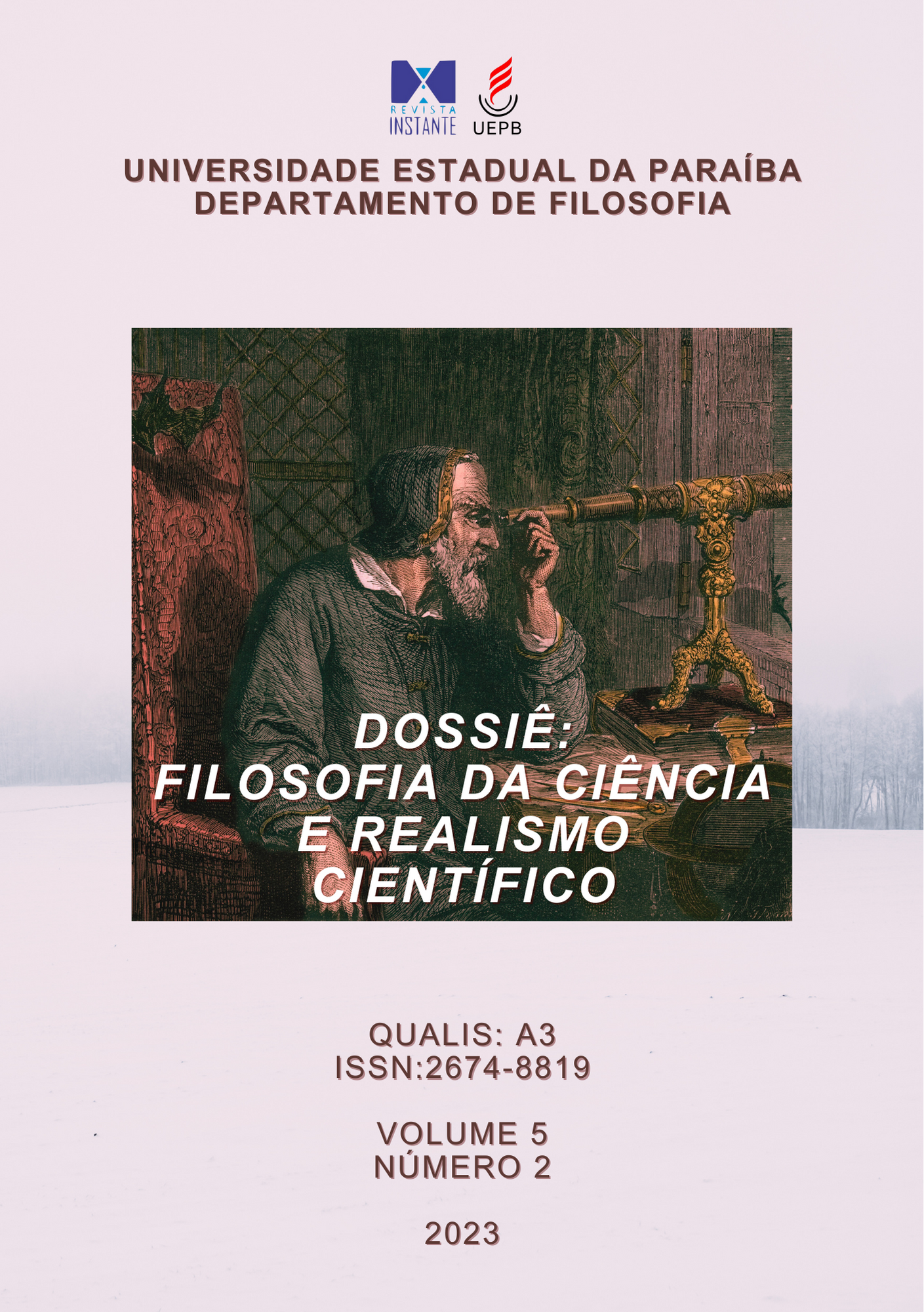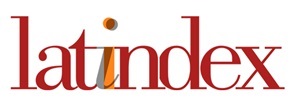SCIENTIFIC REALISM AND ITS RIVALS
Keywords:
Scientific Realism, Anti-realism, Historiographical approach, Social constructivismAbstract
According to scientific realism, natural sciences seek the truth about the physical world, and successful scientific theories depict and account for, approximately at least, the natural reality. On the basis of this general thesis, scientific realists place themselves as opponents of three schools of philosophical thought about science: anti-realism, historiographical approach and social constructivism. This paper puts itself three aims: i) outlining how scientific realism introduces these disputes; ii) defending the thought a that, although the first dispute (with anti-realism) can be understood as a genuine one, the other two (with the historiographical approach and with social constructivism) carry some details that undermine the very notion of dispute as intended by scientific realists; iii) giving an account to what will be argued for at item (ii) and that is the account: for scientific realists there would be no details at all and thus either one supports scientific realism or one refuses scientific realism; in other words: whatever cannot be assimilated by scientific realism would be understood as a kind of an anti-realistic philosophy.
References
ALVAREZ, Luis W. Recent developments in particle physics. Nobel Lecture, 1968.
ATHERTON, Margareth. Berkeley's anti-abstractionism. In: SOSA, Ernst. (Org.) Essays on the Philosophy of George Berkeley. Dordrecht: D. Reidel, 1987.
BERKELEY, George. De Motu. Trad.: Marcos Rodrigues da Silva Scientiae Studia. São Paulo, v. 4, n. 1, 2006, pp. 115-137.
BLOOR, David. Conhecimento e imaginário social. Trad.: Marcelo Penna-Forte. São Paulo: Unesp, 2009.
BORGE, Bruno. ¿Fue lakatos un realista epistémico?: el rol de la verdad en la metodología de los programas de investigación científica. Transformação, Marília, v. 43, 2020, pp. 47-72.
BOWLER, Peter. The mendelian revolution. Baltimore: Johns Hopkins University Press, 1989.
CARTWRIGHT, Nancy. How the laws of physics lie. Oxford: Clarendon Press, 1983.
CHALMERS. Alan. A fabricação da ciência. Trad.: Beatriz Sidou. São Paulo: Unesp, 1994.
DEVITT, Michael. Realism and truth (2ª Ed.). Princeton: Princeton University Press, 1997.
GENTILE, Nélida. La tesis de la incomensurabilidade. Buenos Aires: Eudeba, 2013.
GODFREY-SMITH, Peter. Recurrent transient underdetermination and the glass half full. Philosophical Studies, Dordrecht, 137, 2008, pp. 141-148.
HARMAN, Gilbert. Inferência da Melhor Explicação. Trad.: Marcos Rodrigues da Silva e Miriele Sicote de Lima. Dissertatio, Pelotas, v. 47, 2018, pp. 325-332.
KITCHER, Phillip. The advancement of science. Oxford: Oxford University Press, 1993.
KUHN, Thomas S. A estrutura das revoluções científicas. Trad.: Nelson Boeira. 5. ed. São Paulo: Perspectiva, 2000.
__________. Afterwords. In: HORWICH, Paul. (Org.) World Changes. Cambridge: MIT, 1993.
LADYMAN, James. Understanding philosophy of science. London: Routledge, 2002.
LATOUR, Bruno. Science in action. Cambridge: Harvard University Press, 1987.
LAUDAN, L. O progresso e seus problemas: rumo a uma teoria do crescimento científico. Trad.: Roberto Leal Ferreira. São Paulo: Unesp, 2010.
LEPLIN, Jarret. A novel defense of scientific realism. Oxford: Oxford University Press, 1997.
NELSON, Alan. How Could Scientific Facts be Socially Constructed? Studies in History and Philosophy of Science, Amsterdã, v. 25, n. 4, 1994, pp. 535-547.
NEWTON-SMITH, William. Berkeley’s Philosophy of Science. In: FOSTER, John; ROBINSON, Howard (Orgs.) Essays on Berkeley. Oxford: Clarendon Press, 1985.
OLBY, Robert. Charles Darwin’s Manuscript of Pangenesis. The British Society for the History of Science, Londres, v. 1, n. 3, 1963, pp. 251-263.
PICKERING, Andrew. Openness and Closure: On the Goals of Scientific Pratice. In: LE GRAND, Homer (Org.) Experimental Inquiries. Dordrecht: Kluwer, 1990.
POINCARÉ, Henry. A ciência e a hipótese. Brasília: UnB, 1984.
PSILLOS, Stathis. O argumento de Tolstói: realismo e a história da ciência. Trad.: Gabriel Chiarotti Sardi e Marcos Rodrigues da Silva. Cognitio, São Paulo, v. 24, n. 1, 2023, pp. 1-9.
__________. Scientific realism: how science tracks truth. London: Routledge, 1999.
ROSENFELD, Rogério. O cerne da matéria. São Paulo: Companhia das Letras, 2013.
SARDI, Gabriel C.; SILVA, Débora O. Realismo, continuidade teórica e a revolução química. Sapere Aude, Belo Horizonte, v. 13, n. 26, 2022, pp. 575-590.
STANFORD, Kyle. Exceeding our grasp. Oxford: Oxford University Press, 2006.
STENGERS, Isabelle. A invenção das ciências modernas. São Paulo: Editora 34, 2002.
THAGARD, Paul. A Estrutura Conceitual da Revolução Química. Trad.: Marcos Rodrigues da Silva e Miriam Giro. Princípios, Natal, v. 14, n. 22, 2007, pp. 265-303.
VAN FRAASSEN, Bas. The scientific image. Oxford: Clarendon Press, 1980.
VICKERS, Peter. A brief chronology of the philosophy of science. In: FRENCH, Stephen; SAATSI, Juha. (Orgs.). The continuum companion to the philosophy of science. Londres: Continuum, 2011.










